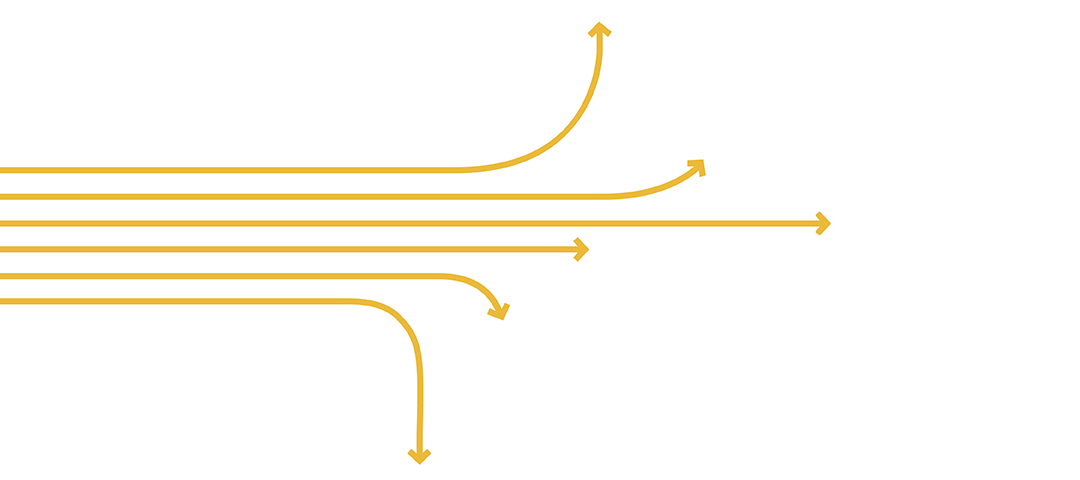The Future of Asia: Forces of Change and Potential Surprises – Supplementary Report

A Rising Middle Class Brings Rising Demands
On this page
What is it?
Why is it important?
References
What is it?
According to Goldman Sachs, the number of people with an annual income of $6,000-$30,000 is expected to grow to 4.9 billion by 2030.1 The bulk of the growth will be in the emerging economies, especially in China and India.2 By 2030, it is estimated that Asia will be home to 64% of the global middle class, accounting for 40% of global middle class consumption.3 Highly educated, urban, assertive, mobile, and tech savvy, this group has and will continue to have a strong influence in Asia.
Why is it important?
The expanding middle class in Asia will put pressure on global resources as they become wealthier and aspire to Western living standards. Their appetite for products, food, energy, housing and transport stimulates consumption on the one hand while putting constraints on resources on the other.4 It is possible that similar cultural experiences and increasingly linked regions might create more affinities between the Asian middle classes. These new ties could reduce nationalist sentiments and contribute to overall regional stability.
Highly aware of their rights and relative power, combined with a willingness to organize, the middle classes can drive changes to improve environmental conditions and civil rights in their respective countries (e.g., public responses to poor air quality, public protests over proposed factories, demands for a new growth model, etc.). Compared to protests by rural and less educated groups, the middle class, by its sheer size and purchasing power, is more likely to get its voice heard and demands acted upon.5
These demands will not necessarily be heard through street protests, but increasingly through online platforms. By 2018, Asia will lead the world in Internet subscriptions and despite the presence of censorship, many netizens in China have successfully used crowdsourcing tactics to signal corruption, identify criminals and prove the innocence of the wrongfully accused. Reacting to online discussions, the government has removed officials from their positions, changed court rulings and created a government website for citizens to expose corruption.6 7 8 South Korea,9 Pakistan, 10 Kazakhstan11 and others have also employed similar “smart” censorship.
Middle class knowledge in science and technology can spur innovation and entrepreneurship. As Asian countries seek to promote creative and innovative entrepreneurial skills to foster economic growth, more citizens – especially within the middle class – will desire open Internet platforms.12 Governments could become less restrictive (potentially not by choice) about online activity, allowing citizens to discuss social issues and bring about positive change, while still maintaining its control of the Internet.13 14 At the same time, e-government platforms such as Hong Kong’s MyGovHK will make it easier for citizens and businesses to interact with government and government services.
References
- Fukuyama, F. “The Middle-Class Revolution.” The Wall Street Journal. June 2013. http://online.wsj.com/article/SB10001424127887323873904578571472700348086.html(link is external)
- “Inside the Data.” in Outlook on the Global Agenda 2014. World Economic Forum. 2013. http://reports.weforum.org/outlook-14/resources/wp-content/blogs.dir/30/mp/image-cache/site/2/8-spread-y-b.04357e72123c3ee3e5a91a96cd83b64e.png(link is external)
- Rohde, D. “The Swelling Middle.” Reuters, 2012. http://www.reuters.com/middle-class-infographic(link is external)
- “Top 10 Trends of 2014: 8. The Expanding Middle Class in Asia.” World Economic Forum. 2013. http://reports.weforum.org/outlook-14/top-ten-trends-category-page/8-the-expanding-middle-class-in-asia/(link is external)
- Osnos, Evan. “Will the Middle Class Shake China?” New Yorker. March 2013. http://www.newyorker.com/online/blogs/comment/2013/03/will-the-middle-class-shake-china.html(link is external)
- Hong, Zhang. “How Chinese reporters have turned to weibo to expose corruption.” South China Morning Post. July 2013. http://www.scmp.com/news/china/article/1292945/chinese-reporters-try-weibo-expose-corruption-when-print-fails(link is external)
- FlorCruz, M. “Chinese Government Launches Anti-Corruption Site For Netizens To Submit Tips.” International Business Times. September 2013. http://www.ibtimes.com/chinese-government-launches-anti-corruption-site-netizens-submit-tips-1402298(link is external)
- Levine, J. “Chinese Ask Whether Corruption Crackdown for Real or for Show.” TeaLeafNation. September 2013. http://www.tealeafnation.com/2013/09/flies-over-tigers-three-months-into-xis-anti-corruption-campaign/(link is external)
- Oliver, C. “Sinking underlines South Korean view of state as monster.” Financial Times. April 2010. http://www.ft.com/intl/cms/s/0/d77d855e-3d26-11df-b81b-00144feabdc0.html#axzz2neSwpo2I(link is external)
- Liu, J. and S. Kim. “Internet and Social Media in Asia: Battleground for Freedom of Expression.” Asian Forum for Human Rights and Development. 2012. http://www.forum-asia.org/uploads/press-release/2012/July/Freedom-of-Expression-and-Social-Media-LOWRES.pdf(link is external)
- “Internet Enemies Report 2012.” Reporters Without Borders. March 2012. http://march12.rsf.org/i/Report_EnemiesoftheInternet_2012.pdfhttp://march12.rsf.org/i/Report_EnemiesoftheInternet_2012.pdf(link is external)
- Quigley, J.T. “China: Full Broadband Coverage by 2020, Gigabit Internet for Major Cities.” The Diplomat. August 2013. http://thediplomat.com/2013/08/china-full-broadband-coverage-by-2020-gigabit-internet-for-major-cities/(link is external)
- Ng, J. “Weibo Keyword Un-Blocking Is Not a Victory Against Censorship.” TeaLeafNation. June 2013. http://www.tealeafnation.com/2013/06/its-confirmed-weibo-censors-are-treating-non-chinese-users-differently/(link is external)
- Ramzy, A. “China’s Nobel Laureate Mo Yan Defends Censorship.” Time World. December 2012. http://world.time.com/2012/12/07/chinas-nobel-laureate-mo-yan-defends-censorship/